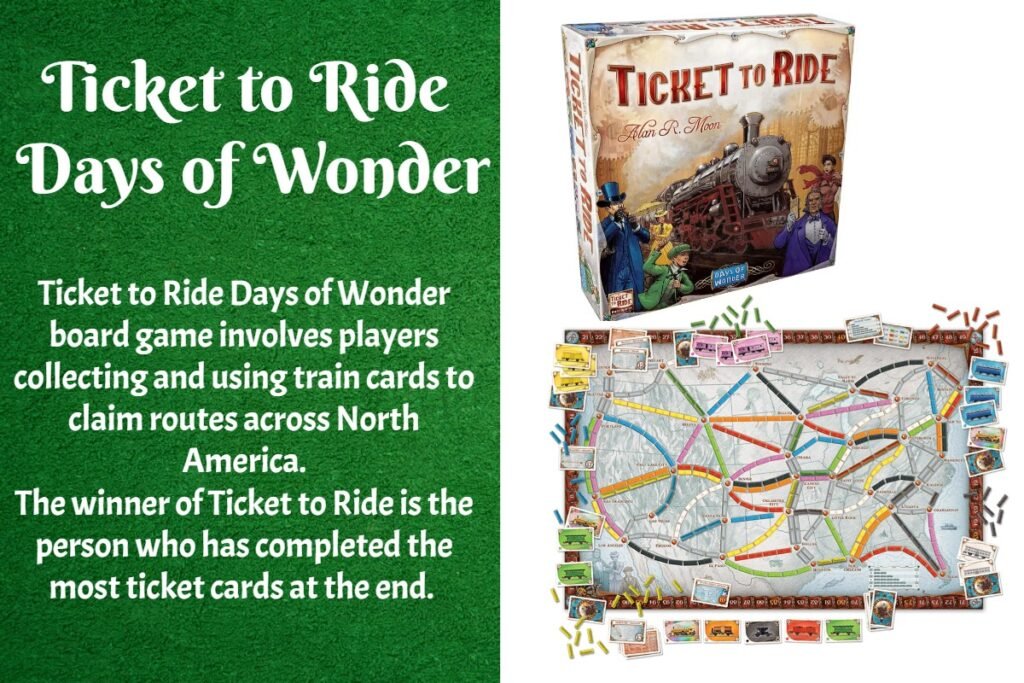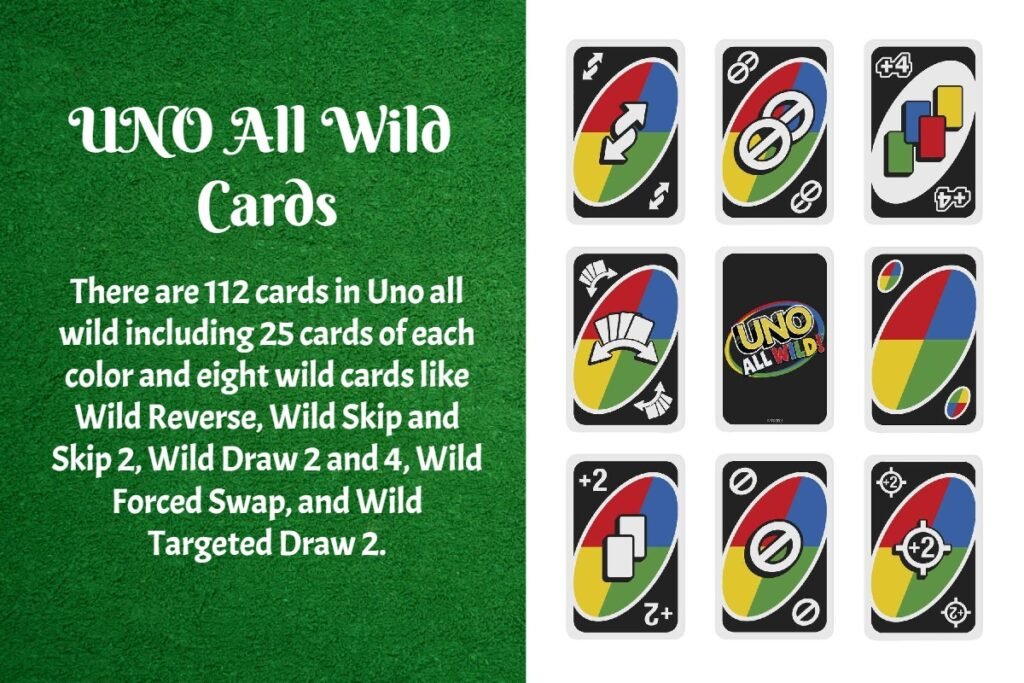Jenga is a fun and exciting game that challenges your balance, coordination, and strategy. We play jenga with 54 wooden blocks that form a tall tower. Each block is three times longer than it is wide, and one fifth as thick as its length. The blocks are not perfectly smooth or straight, which makes the tower more unstable and fun.
Jenga game was introduced by Leslie Scott, a British board game designer and author, who got the idea from a game she played with her family in Ghana, using wooden blocks from a sawmill. The name Jenga comes from the Swahili word kujenga, which means “to build”. Jenga was first launched at the London Toy Fair in 1983 and is now marketed by Hasbro.

The Official Jenga Rules
The objective of Jenga is to be the last player to remove and stack a block on top of the tower without making it collapse. One or more players can play the game and is suitable for ages 6 and up, a great game for parties, family gatherings, or just having fun with friends.
The Jenga Blocks
Jenga is played with jenga set of 54 blocks of wood that are long and thin. Each block is three times as long as it is wide, and five times as wide as it is thick. The size of each block is about 1.5 cm × 2.5 cm × 7.5 cm (0.59 in × 0.98 in × 2.95 in). The blocks are not the same, because they have small differences in their shape and size.
This makes the game more fun and difficult because the blocks can move and tilt in different ways. Most of the blocks are made of wood, but some Jenga games have blocks of plastic or foam instead.
Here are the basic rules and steps for playing Jenga:

Gameplay Rules of Jenga
To start the game, you need a flat and sturdy surface, such as a table or a floor. You also need a loading tray, which is a rectangular plastic frame that helps you build the tower. Place three blocks in the tray, side by side, with their long sides touching.
Then place another three blocks on top of them, but in the opposite direction, so that they form a cross. Repeat this process until you have 18 layers of blocks, with each layer perpendicular to the one below it. Carefully remove the tray and place it aside. You have now built the Jenga tower.
How to Play Jenga
The player who built the tower goes first. On your turn, you must remove one block from any level of the tower, except the top one. You can use only one hand to do this, and you can touch other blocks to find a loose one, but you must put them back if you don’t choose them. You must also be careful not to disturb the tower or make it fall.
Once you have removed a block, you must place it on top of the tower, forming a new layer. You can place the block in any direction, as long as it is horizontal and aligned with the edges of the tower. You must complete the layer before starting a new one. If you are playing with more than one player, you can pass the block to the next player, who must then place it on top of the tower.
Your turn ends when you have placed the block on top of the tower, or when 10 seconds have passed since you removed it, or when the next player touches the tower, whichever happens first. The game then continues with the next player in clockwise order.
End of the game
The game ends when the tower falls, or when any block falls from the tower, other than the one that a player moved on their turn. The player who caused the tower to fall, or who moved the last block before it fell, loses the game. The player who completed the last successful turn before the tower fell, wins the game.
Jenga Variations and Extensions
Jenga is a game that can be easily modified or extended to suit different preferences and situations. There are many variations and extensions of Jenga that have been created by fans or officially released by Hasbro. Some of them are:
- Jenga Giant: A huge version of Jenga that uses larger blocks that can create a tower over 5 feet tall. You need a lot of space and strength to play this game.
- Jenga Quake: An exciting version of Jenga that uses a vibrating base that randomly shakes the tower, adding more challenge and suspense. You never know when the tower will start to wobble and fall.
- Jenga Boom: A thrilling version of Jenga that uses a timer that makes the tower explode if the players don’t finish their turns in time. You have to be quick and careful to avoid the blast.
- Jenga Tetris: A creative version of Jenga that uses blocks shaped like the Tetris pieces, adding more variety and difficulty. You have to fit the blocks together and balance them on the tower.
- Jenga Truth or Dare: A funny version of Jenga that uses blocks with truth or dare questions or challenges written on them, adding more fun and interaction. You have to answer or do what the block says, or face the consequences.
- Jenga Throw ‘n Go: A random version of Jenga that uses a dice that determines which color of block the player has to remove, adding more randomness and strategy. You have to roll the dice and follow the instructions, or try to change them to your advantage.
- Jenga Extreme: A tricky version of Jenga that uses blocks with angled edges, making the tower more exciting. You have to be very precise and skillful to move the blocks without tipping the tower.
- Jenga Ultimate: A customizable version of Jenga that combines all the previous versions into one, allowing the players to customize their own Jenga experience. You can mix and match the blocks, the rules, and the challenges, and create your own unique Jenga game.
Conclusion
Jenga is a game that tests your physical and mental skills, as well as your patience and concentration. It is a game that can be enjoyed by people of all ages and backgrounds, and can be adapted to different situations and preferences. Jenga is a game that is simple to learn, but hard to master, and always fun to play.




